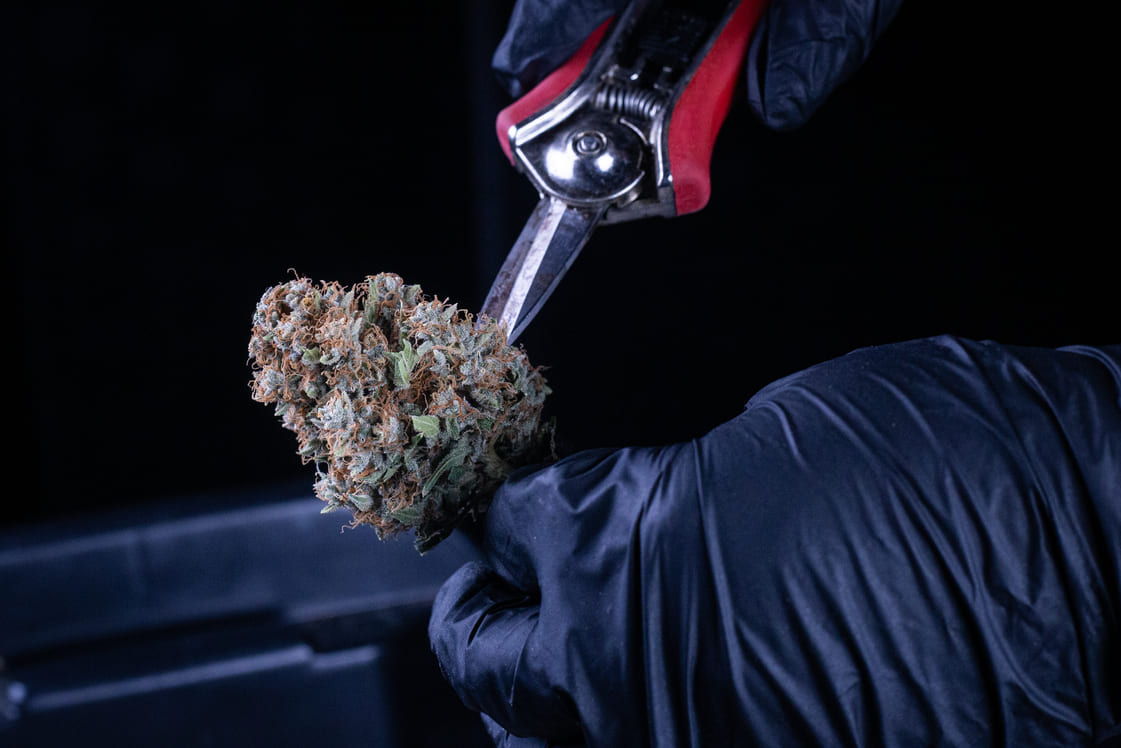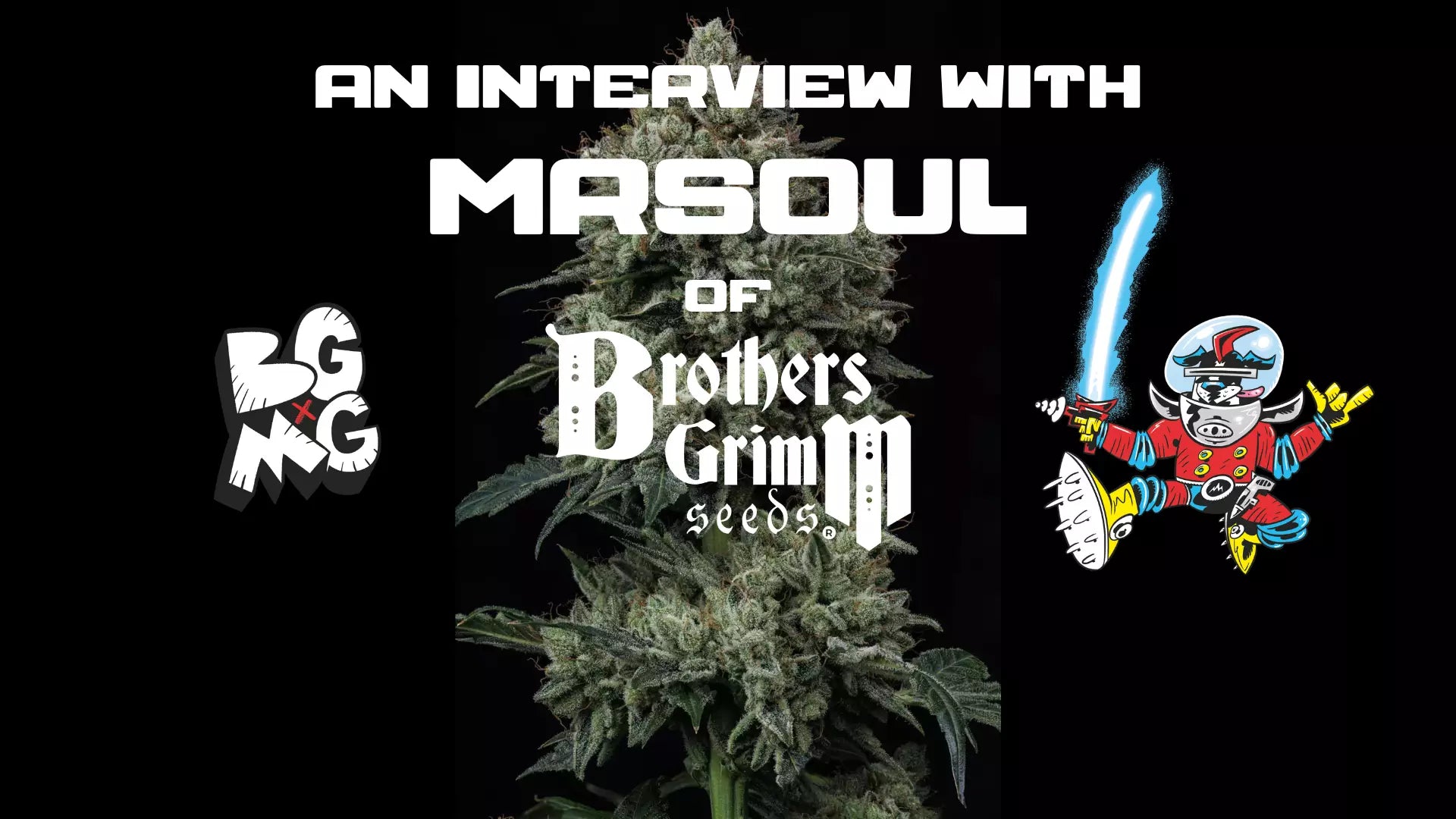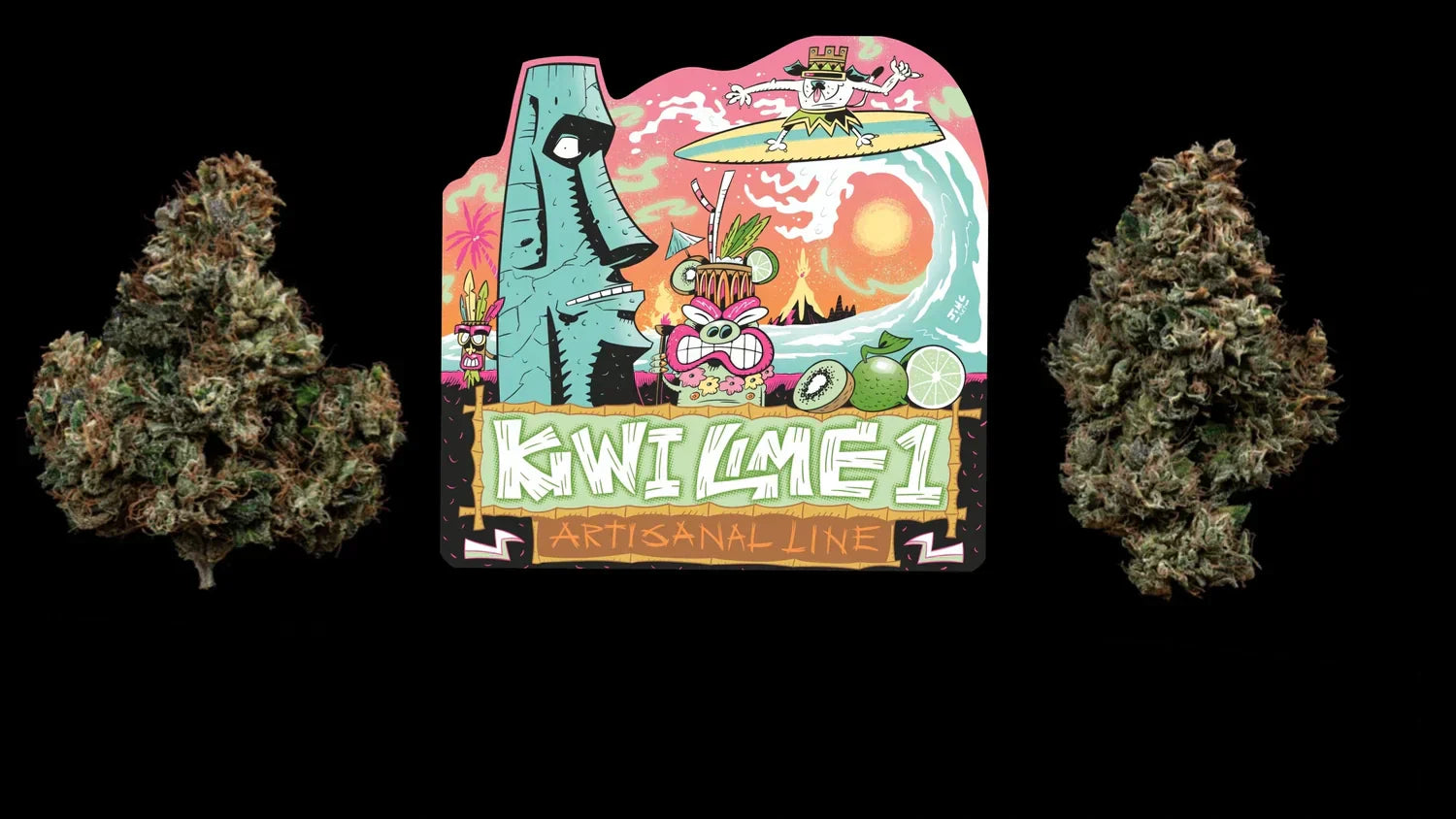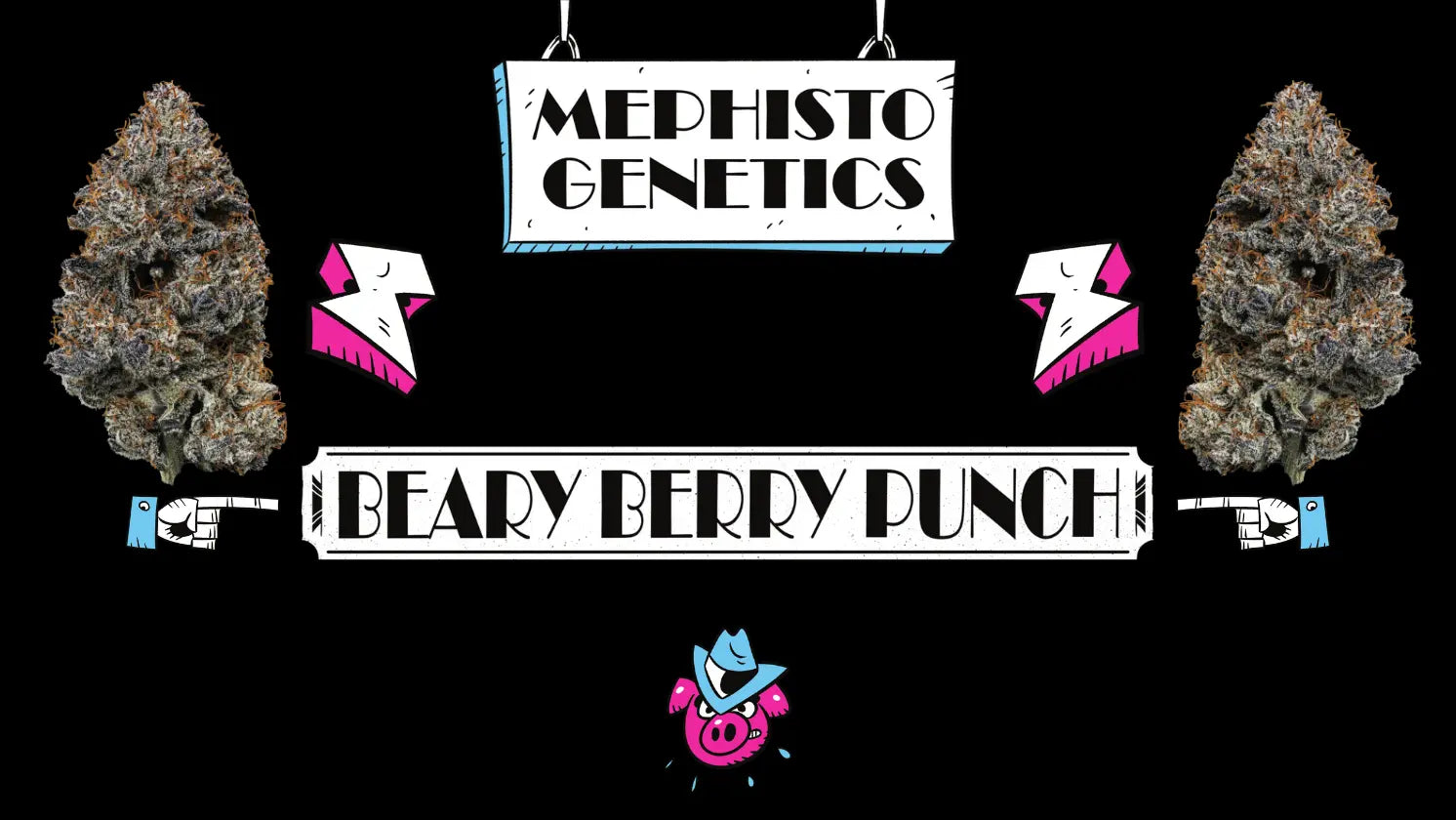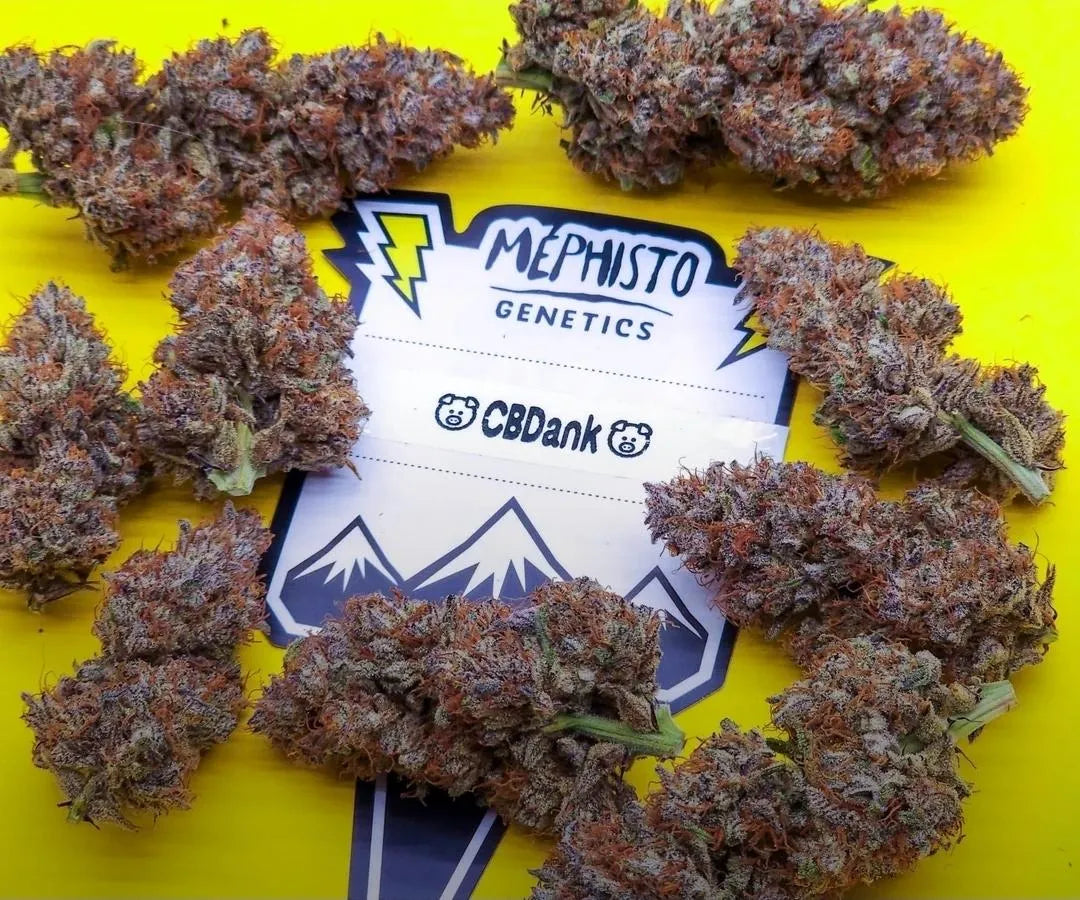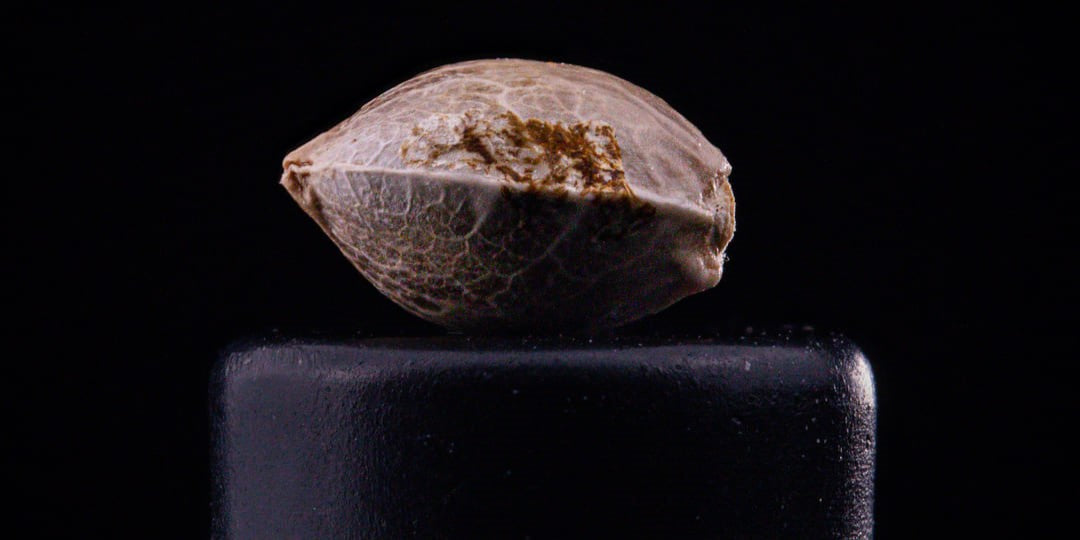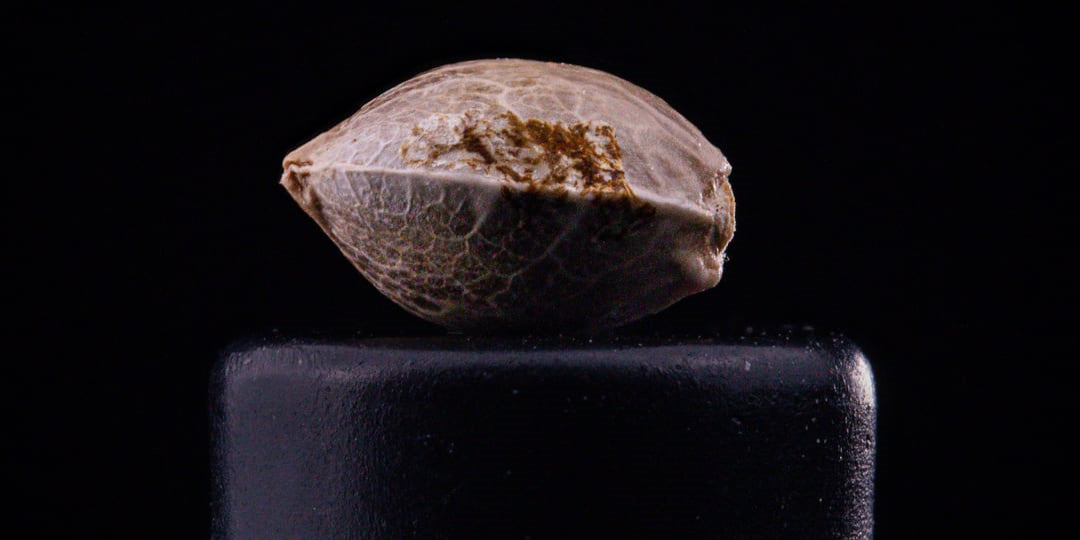Check out Jimbo's video above for all of your visual learners out there!
Low-stress training, (LST) is a practice used by growers which includes a range of techniques that are designed to manipulate plant growth without physically damaging or overstressing them to the point of detriment. In PART 1 of our LST series, we discussed how these types of practices can be especially beneficial to autoflower growers who are looking to shape and manage their fast-flowering plants without causing unnecessary harm or stunting. Our first technique, leaf tucking, involves carefully bending and twisting fan leaves that are blocking light and airflow to the lower canopy. This completely non-invasive practice helps to improve light penetration and airflow to the lower canopy by redirecting larger leaves, as opposed to removing them altogether. However, sometimes leaves may require removal for various reasons, and for that, we are going to introduce our second LST method: Defoliation
What is Defoliation?
Defoliation is the practice of removing fan leaves from the plant. As opposed to leaf tucking, defoliating is an intrusive practice, meaning it does require the removal of plant material. Because of this, careful consideration must be taken to ensure that the removal of foliage does not cause harm to the plant. If done correctly, this technique has a range of benefits and should not damage, stunt, or kill your auto flowers during their growth cycle. After all, the fundamental criteria for LST is to maintain a low-stress intervention.
Why Defoliate Autoflowers?
The versatility of defoliation makes this a highly useful technique for autoflower growers. Essentially, you can remove leaves at any stage of the plant’s mature lifecycle. Depending on the age of the specimen, defoliation may help with the following:
- For vegetative plants: Defoliation can help to remove fan leaves that are blocking light to the lower canopy as well as free up space for better airflow the the plant. Many growers choose to begin defoliating after less invasive methods such as leaf tucking fail to adequately increase airflow and/or light penetration. There are times when removing the leaf altogether becomes the best option. Some of our Mephisto Autoflowers, such as Chemdogging and Mephisto’s Wedding will produce an abundance of foliage prior to flower and stand to benefit from LST practices such as defoliation.
- Lollipopping: This is a defoliation term that is used to describe removing the “skirt” of fan leaves forming at the base of the plant. This creates a lollipop-like shape whereby the plant is free of foliage at the base and bushy/full up towards the top. Oftentimes these lower-hanging leaves risk cross-contamination with the substrate. This can be exacerbated with hand watering, which can cause splashing to these lower leaves and puts foliage at risk for mold, mildew, pests, as well as other potential soil-born viruses and diseases.
- Removing Dead Leaves: All cannabis, including autoflowers, have the tendency to form necrotic or dead leaves. This happens for a few reasons and can take place at any stage of a plant's life. Early on, leaves may necrotize due to nutrient toxicity as well as deficiency. In these cases, plants will take to cannibalizing their leaves in order to mine the elements they are looking for to survive. After a certain point, these leaves will die completely, going from lush and green to variegated and pigmented to crispy and completely devoid of life. It isn't necessary to keep these dead leaves on the plant and removing them can help stave off mold, mildew, and pests.
- Senescence: Nearing harvest time, autoflowering cannabis will begin to transition to their end of life state. This process known as senescence involves leaves evacuating chlorophyll, revealing the plant’s natural array of fall colors. These leaves at times will begin to die away and are often removed prior to harvest. Periodically removing these leaves as they transition and whither away can help reduce the workload come harvest while also benefiting from the upsides to leaf removal.
How to Defoliate Autoflowers
While there are a number of reasons to defoliate autoflowers as well as benefits for doing so, this technique must be practiced with care and consideration in order to maximize success. The first step in the process is to determine the best time to begin. This can be as simple as deciding that there is a point in the vegetative stage where leaf tucking can no longer adequately prevent airflow and light penetration issues. In these cases, observing problematic foliage and creating an action plan for removal is best practice. Before going in like Edward Scissorhands, visualizing like this will help paint a picture of what the plant will look like as it further develops and prevent over defoliating (sometimes referred to as “Shwazzing”).
Once you have formulated a plan off attack, you'll want to prepare yourself. Removing leaves can be done as simply as with your bare hands. However keep in mind that this process involves creating an open wound, albeit small, at the point where the leaf meets the stem. Using rubbing alcohol sanitized shears along with gloves will prevent contamination at the site. These issues are not likely to arise when removing one or two leaves. But for full haircuts, it's wise to stay as safe as possible.
With shears, removing a leaf is as simple as guiding your blade to the point where the petiole meets the stem or branch and swiftly cutting away. When using your hands, establish a firm grip on the petiole with your thumb and index finger. Then, swiftly snap the leaf downward so that it frees with ease. With fresh leaves its important to snap away quickly to avoid accidentally catching any of the meristem epidermis. Sometimes, a leaf may pull away with stringy bits from the stem, creating a potentially more problematic open wound.
During veg and early flower, avoid removing an excess of foliage in the same sitting and if applicable, try to space out defoliation sessions by a few days to allow the plant to fully recover before going back in form more. Creating a plethora of open wounds deviates from the point of low stress training.
For removing dead and senescing (old) leaves from autoflowers in their final weeks of life, feel free to defoliate a bit more aggressively. Necrotized leaves are far easier to pluck, and sometimes will free themselves unassisted by simply falling off the plant. Many growers choose to defoliate their plants in preparation for harvest several days before cutting them down. This can help cut down work come harvest time, dispersing the workload.
What to do with defoliated leaves?
Even after the leaves have been removed from the plant itself, they are still useful.. Instead of tossing them in the waste bin, defoliated cannabis leaves can be repurposed for:
- Mulch layering:
If you are in a natural system and grow in soil mediums, using defoliated leaves as a mulch layer is a great option. These leaves can act as ground cover, food for the soil web, as well as a barrier
- Composting:
Along with scraps from the kitchen, defoliated cannabis leaves make a great addition to the compost pile. Treat them like your vegetable scraps and add them in with some carbon material such as paper products.
- Tea/Tincture/Topicals:
If defoliating late into flower, the leaves closer to the floral clusters may contain trichomes. These contain the secondary metabolites such as THC, CBD, Terpenes, flavonoids, and a host of other compounds that have extensive therapeutic potential. Save these leaves for applications such as making teas, tinctures, or topical solutions.
- Consumption:
Defoliated cannabis leaves can be used in food and beverage preparations as well. They contain not only the beneficial secondary metabolites in their unadulterated acidic forms but also essential amino acids. You can juice the leaves, add them directly to smoothies, or cook/bake with them. Leaves are highly versatile in this application and the sky's the limit for the way in which cannabis leaves can be integrated into the culinary space.
For Part 3 of our LST Series, we will be discussing the use of plant ties for more advanced shaping and manipulation. Stay tuned for that!
Jimbo, signing out!
related strains.
related blogs.
Check out these other blog articles.
